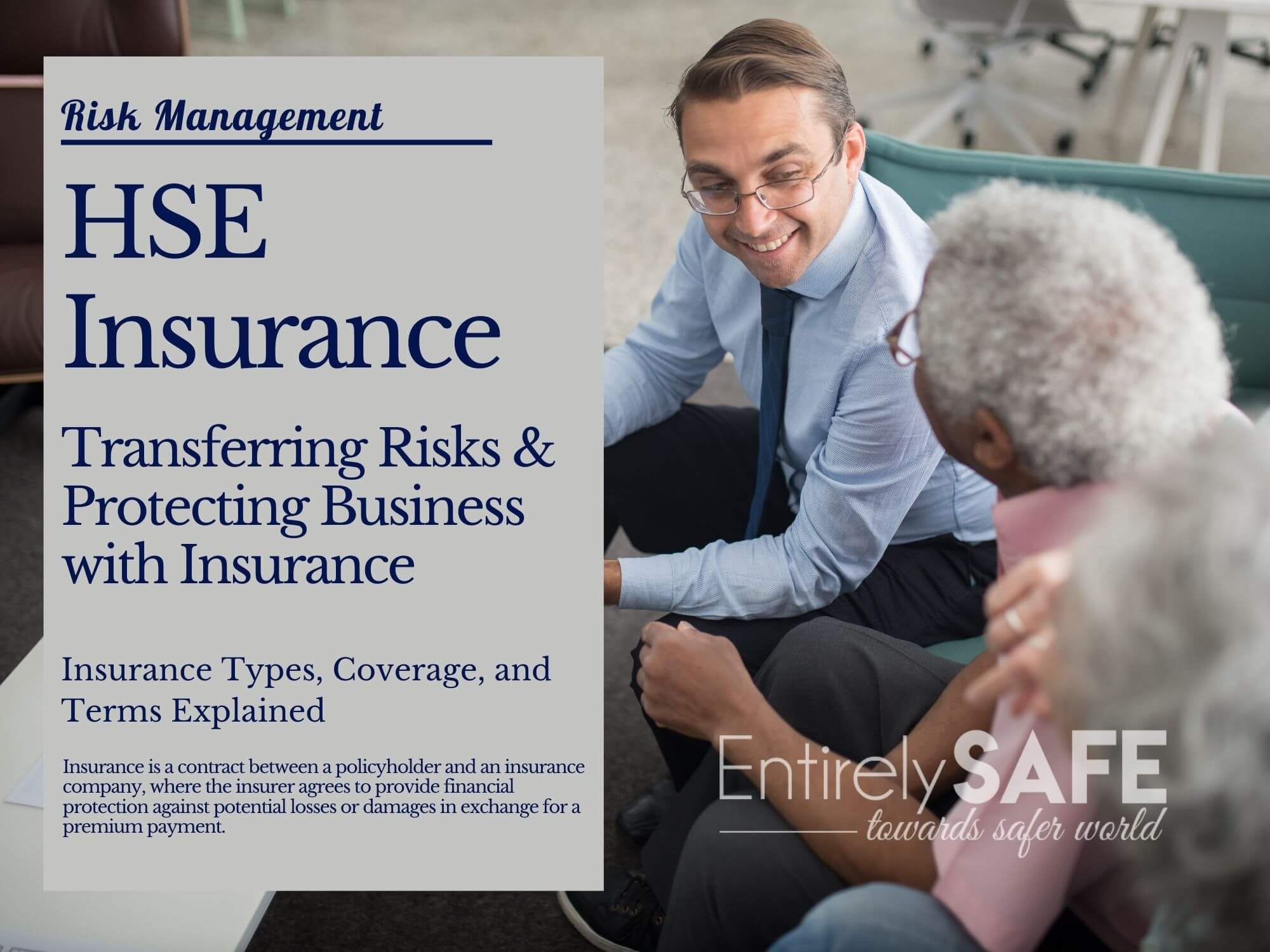Protecting Your Business’s Lifeline: A Guide to Choosing the Right Coverage for Your Equipment

As a business owner, you understand the importance of having the right equipment to keep your operations running smoothly. From computers and machinery to tools and technology, your equipment is the backbone of your business. But what happens when disaster strikes, and your equipment is damaged or destroyed? The loss can be devastating, not just financially, but also to your business’s reputation and productivity.
That’s why having the right coverage for your business equipment is crucial. In this article, we’ll walk you through the process of choosing the right coverage for your equipment, so you can protect your business’s lifeline and keep it running without a hitch.
Assess Your Equipment’s Value
Before we dive into the nitty-gritty of coverage options, it’s essential to assess the value of your equipment. Take stock of all your equipment, including its age, condition, and replacement cost. Consider the following factors:
- Cost of replacement or repair
- Importance of the equipment to your business operations
- Any depreciation or obsolescence
- Any specific industry or regulatory requirements
This assessment will help you determine the level of coverage you need and which types of coverage are best suited to your business.
Types of Coverage
There are several types of coverage available for business equipment, including:
- Business Property Insurance: This type of coverage protects your equipment against damage or loss due to theft, vandalism, fire, or natural disasters.
- Equipment Breakdown Insurance: This coverage protects against equipment failures or breakdowns, including mechanical or electrical failures.
- Inland Marine Insurance: This coverage protects equipment that is in transit or stored off-site, such as goods in transit or equipment at exhibitions.
- Cyber Insurance: This coverage protects against cyber-attacks, data breaches, and other technology-related risks.
Factors to Consider When Choosing Coverage
When choosing coverage for your business equipment, consider the following factors:
- Deductible: How much are you willing to pay out-of-pocket in the event of a claim?
- Policy limits: What is the maximum amount the insurance company will pay in the event of a claim?
- Premium costs: What is the cost of the coverage, and how will it impact your business’s bottom line?
- Exclusions and limitations: Are there any exclusions or limitations to the coverage that could impact your business?
- Provider reputation: What is the reputation of the insurance provider, and how will they support you in the event of a claim?
Tips for Customizing Your Coverage




